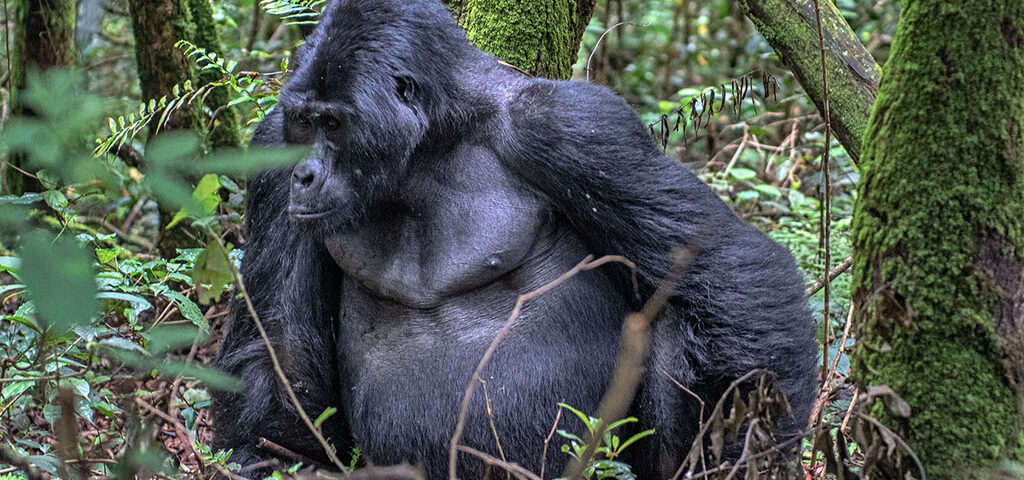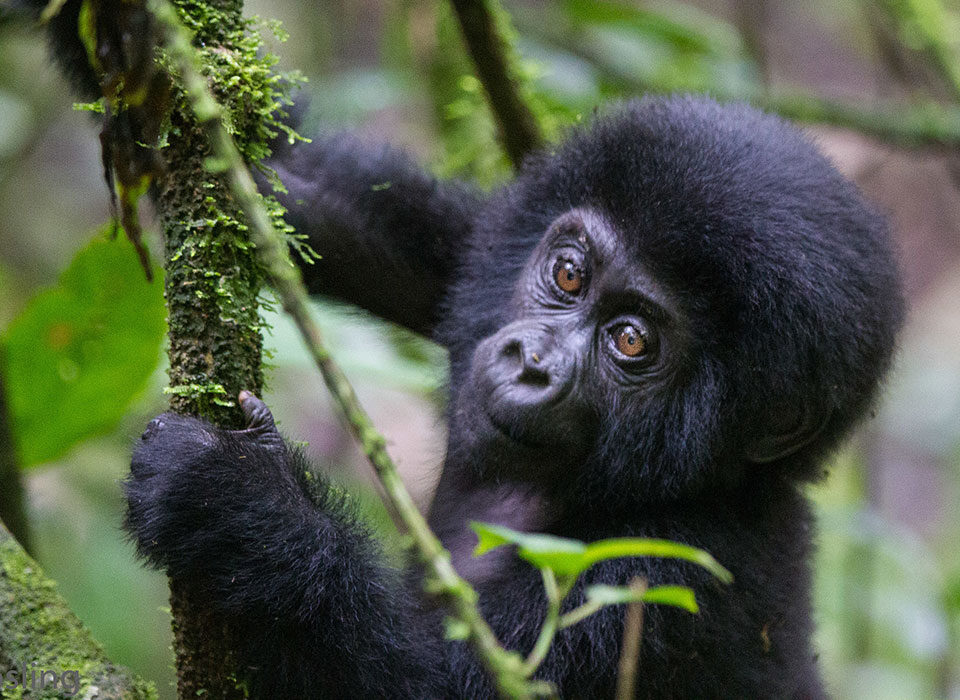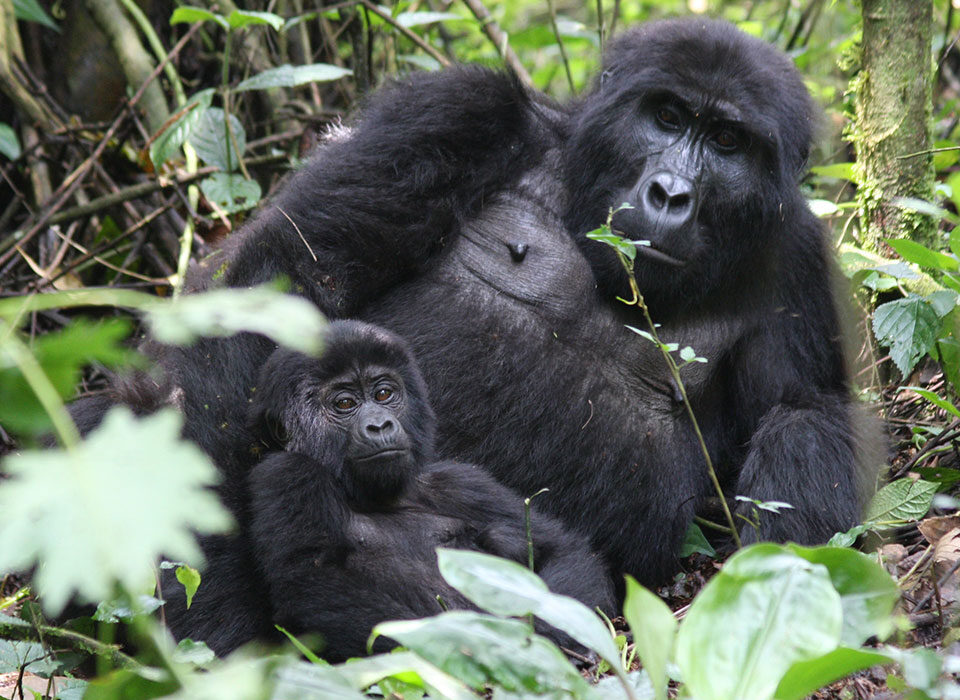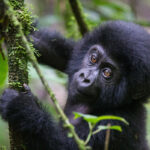
The Ultimate Guide to Gorilla Trekking
November 15, 2024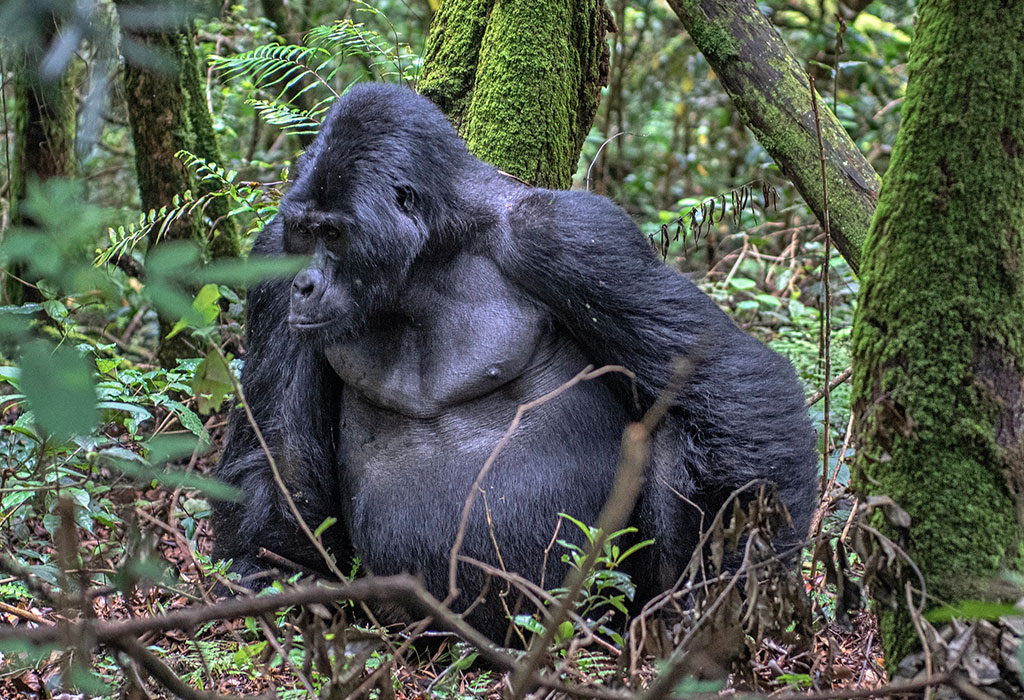
1. Early Morning Preparations
The day for a gorilla trekker begins before sunrise. Trackers gather at the park headquarters, where they receive updates on the previous day’s gorilla locations and any unusual activity. They pack essential items, including:
GPS devices and maps
Communication radios
First aid kits
Notebooks for recording observations
After a quick breakfast, they head out into the forest, often splitting into smaller teams to cover more ground.
2. Following the Gorillas’ Trail
Trackers rely on their knowledge of gorilla behavior and habitats to locate the families. They look for signs such as:
Fresh droppings
Broken branches
Nests used the previous night
These clues help them track the gorillas’ movement and determine their current location. Often, the journey involves hiking for hours through steep terrain, muddy trails, and thick vegetation.
3. Monitoring and Observing Gorillas
Once the trackers locate the gorilla family, they quietly observe from a safe distance, taking note of their behavior, health, and interactions. This data is crucial for:
Understanding family dynamics
Identifying potential health issues
Monitoring the impact of tourism
Trackers also ensure that the gorillas are not disturbed by external threats, such as poachers or habitat encroachment.
4. Preparing for Tourist Visits
By mid-morning, trackers relay the gorillas’ location to guides and rangers leading tourist groups. They help ensure a smooth and safe experience for visitors by:
Clearing pathways for trekking groups
Setting ground rules for interactions
Monitoring tourists during the visit to ensure adherence to regulations
Their role during the tourist interaction is crucial in maintaining the delicate balance between tourism and conservation.
5. Conservation Patrols
After tourists leave, trackers often spend additional hours patrolling the forest to identify and address potential threats. These may include:
Dismantling poachers’ snares
Reporting illegal activities
Assessing habitat conditions
Their constant presence in the forest acts as a deterrent to illegal activities and ensures the gorillas remain safe.
6. Data Recording and Reporting
At the end of the day, trackers return to the headquarters to compile their observations. This information is shared with researchers and park authorities, contributing to long-term conservation strategies.
Challenges Faced by Gorilla Trackers
1. Harsh Working Conditions
Tracking gorillas involves navigating rugged terrain, unpredictable weather, and dense forests. The physical demands are immense, requiring stamina and resilience.
2. Wildlife Risks
Trackers occasionally encounter dangerous wildlife, such as elephants or leopards. Their training helps them handle such situations, but the risks are real.
3. Emotional Toll
Witnessing gorillas injured by snares or other threats can be emotionally taxing. Despite their best efforts, trackers sometimes face the harsh realities of conservation challenges.
The Impact of Gorilla Trackers
Trackers are the backbone of gorilla conservation, contributing to:
Increased Gorilla Populations: Their constant monitoring has played a key role in the population growth of mountain gorillas over recent decades.
Tourism Success: By locating gorillas daily, they ensure tourists have the unforgettable experience they came for, boosting local economies.
Community Empowerment: Many trackers are recruited from nearby communities, providing them with employment and a sense of stewardship over their natural heritage.
A Day With Candrem East African Holidays
Candrem East African Holidays offers a unique opportunity to learn more about the work of gorilla trackers. Through our expertly curated itineraries, you’ll gain insights into the lives of these conservation heroes and how their efforts make gorilla trekking possible. Highlights of your trip may include:
Behind-the-Scenes Encounters: Meet trackers and rangers to hear their stories firsthand.
Conservation Tours: Visit projects supported by gorilla trekking funds, including anti-poaching initiatives and community development programs.
Guided Treks: Experience a seamless trek led by knowledgeable guides who collaborate closely with trackers.
How You Can Support Gorilla Trackers
As a tourist, your participation in gorilla trekking directly contributes to conservation efforts. The fees collected from trekking permits fund:
Gorilla monitoring and protection
Park maintenance and anti-poaching patrols
Community projects, ensuring local support for conservation
When you book with Candrem East African Holidays, you ensure your journey supports these initiatives, empowering trackers and preserving gorilla habitats.
Join the Adventure
Gorilla trekking isn’t just an adventure—it’s a chance to connect with nature, support conservation, and witness the incredible work of gorilla trackers. The dedication of these individuals ensures the survival of mountain gorillas and provides travelers with a once-in-a-lifetime experience.
With Candrem East African Holidays, you’ll embark on a journey that not only fulfills your dream of meeting gorillas but also contributes to their preservation for generations to come.
Are you ready to walk in the footsteps of these remarkable trackers and create memories that will last a lifetime? Let Candrem East African Holidays guide you every step of the way!

